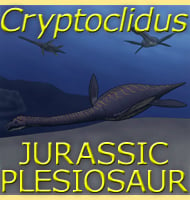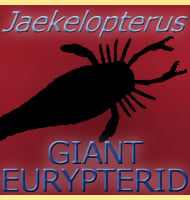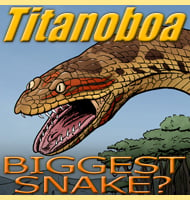In Depth
Perhaps the most note worthy things about Tianyulong is the presence of a row of large filament structures about 6 centimetres tall and believed to have been protofeathers that ran along the neck and back. These were likely for display, but here the function of the feathers is not as important as the actual presence. Tianyulong was a heterodontosaurid, and therefore descendent of earlier heterodontosaurs such as Heterodontosaurus. The key important thing here is that these dinosaurs were ornithischian, or ‘bird hipped’ dinosaurs, and primitive feathers were once believed to have been exclusive to the theropod saurischian, or ‘lizard-hipped’ dinosaurs. The primitive hair-like feathers mean one of two things. Either feathers evolved independently in both lines, or the primitive feathers of dinosaurs have their origin to the earliest days of dinosaur evolution or perhaps even before.
Aside from the feathers, Tianyulong was the first heterodontosaurid to be discovered in Asia, with the type genus Heterodontosaurus being known from South Africa (and possibly the Americas) and other genera such as Fruitadens living in North America. Additional remains of possible heterodontosaurids may also come from the early Cretaceous of England. Like its relatives, Tianyulong had a mixed collection of teeth including the large tusks in the front of the mouth. Tianyulong is believed to have been primarily herbivorous, yet the mix of teeth meant that they were also capable of processing meat, meaning that Tianyulong were possibly omnivorous.
Further Reading
- An Early Cretaceous heterodontosaurid dinosaur with filamentous integumentary structures - Zheng, Xiao-Ting, You, Hai-Lu; Xu, Xing & Dong, Zhi-Ming - 19th March, 2009. - Timing of the earliest known feathered dinosaurs and transitional pterosaurs older than the Jehol Biota. - Liu Y.-Q. Kuang H.-W., Jiang X.-J., Peng N., Xu H. & Sun H.-Y. - 2012.









